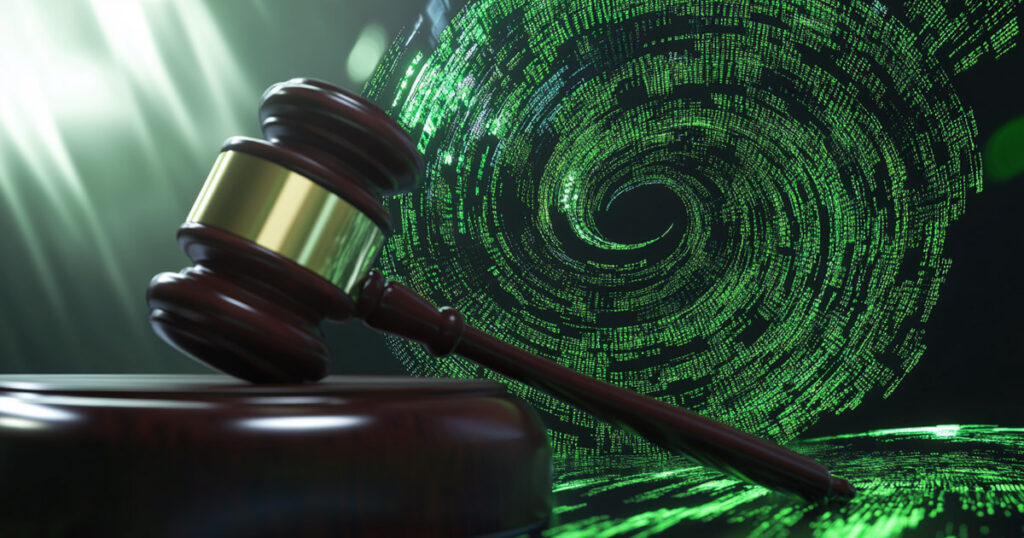The recent ruling by the Fifth Circuit Court of Appeals in the case of Van Loon v. Department of Treasury has sent shockwaves through the cryptocurrency industry. The court’s decision to invalidate the Treasury Department’s sanctions on Tornado Cash’s immutable smart contracts has opened up a new chapter in the regulation of decentralized protocols.
Tornado Cash, a popular cryptocurrency anonymizing service, was sanctioned by the Office of Foreign Assets Control (OFAC) in 2022 after allegations that North Korean hackers had used it to launder stolen funds. However, the court ruled that since Tornado Cash’s core protocols are immutable and cannot be controlled or modified, they do not qualify as property that can be sanctioned under existing law.
This ruling is a game-changer for the crypto industry, as it establishes a safe harbor for truly decentralized protocols that operate independently of any controlling entity. Judge Don Willett emphasized that these autonomous smart contracts exist outside the realm of traditional property or businesses, paving the way for a new understanding of decentralized technologies.
While the court’s decision is a win for technological innovation, it also raises important questions about balancing privacy and security in the crypto space. Tornado Cash was used by individuals for legitimate purposes, such as donating to charitable causes and protecting privacy, but it was also exploited by bad actors for money laundering.
Moving forward, the court has suggested that Congress may need to update existing laws to address modern technologies like crypto-mixing software. This underscores the need for a regulatory framework that can adapt to the rapidly evolving crypto landscape while addressing legitimate security concerns.
In conclusion, the ruling in Van Loon v. Department of Treasury represents a milestone for the cryptocurrency industry. It highlights the need for a nuanced approach to regulating decentralized technologies and underscores the importance of crafting updated laws that can keep pace with innovation. The challenge now is to build a regulatory framework that is as sophisticated as the technology it seeks to govern.

